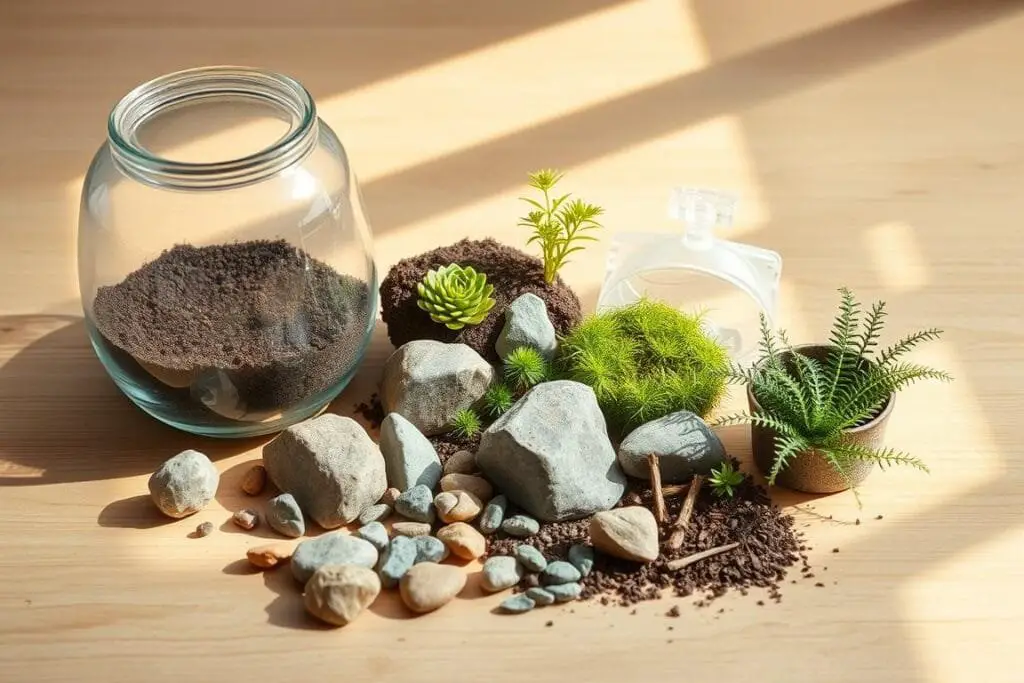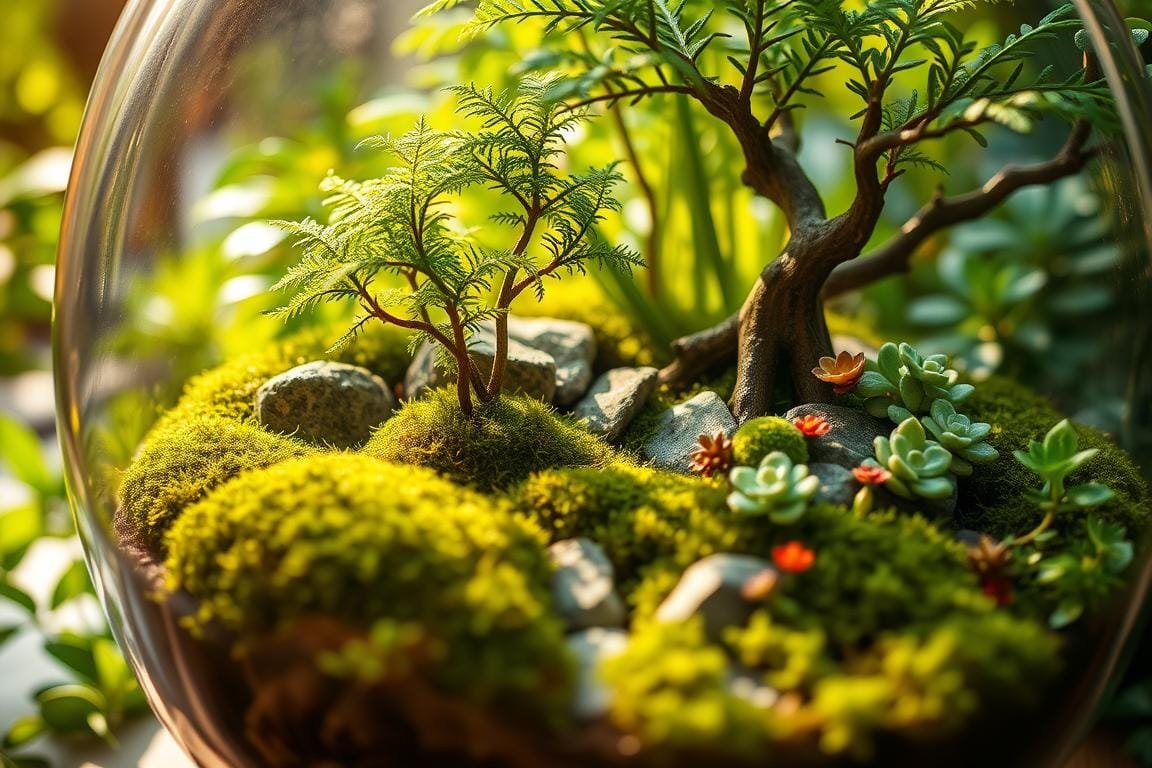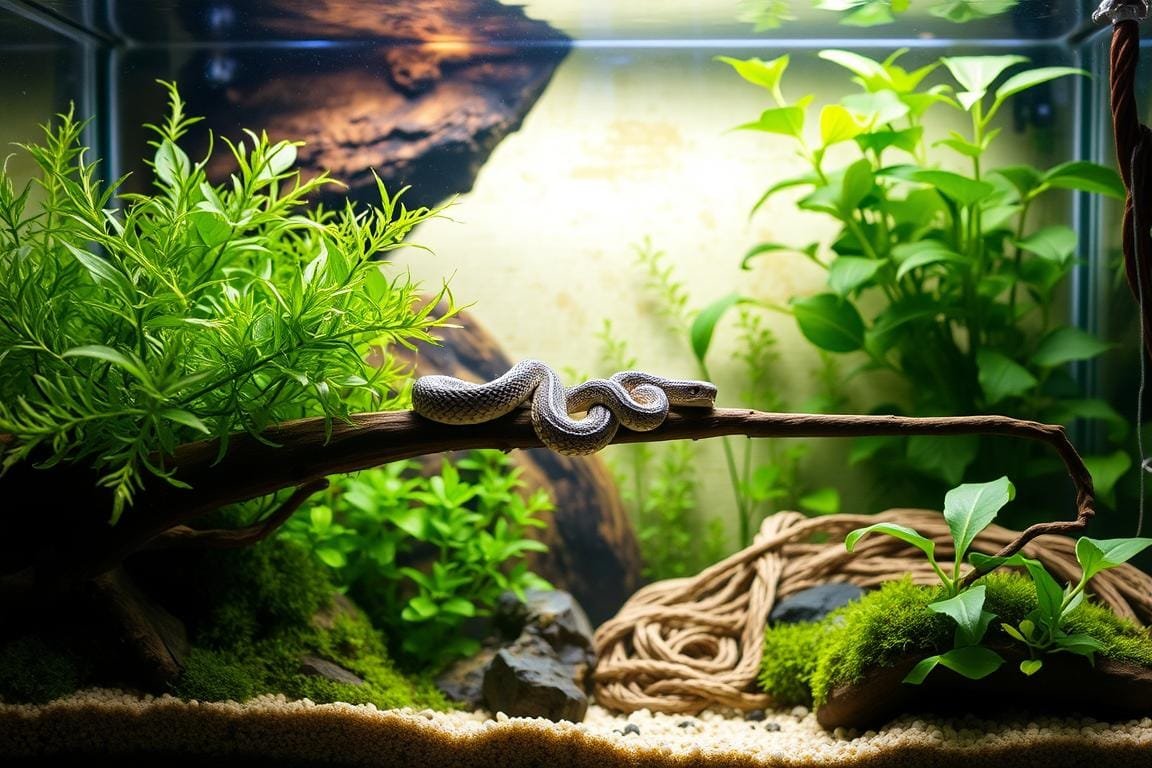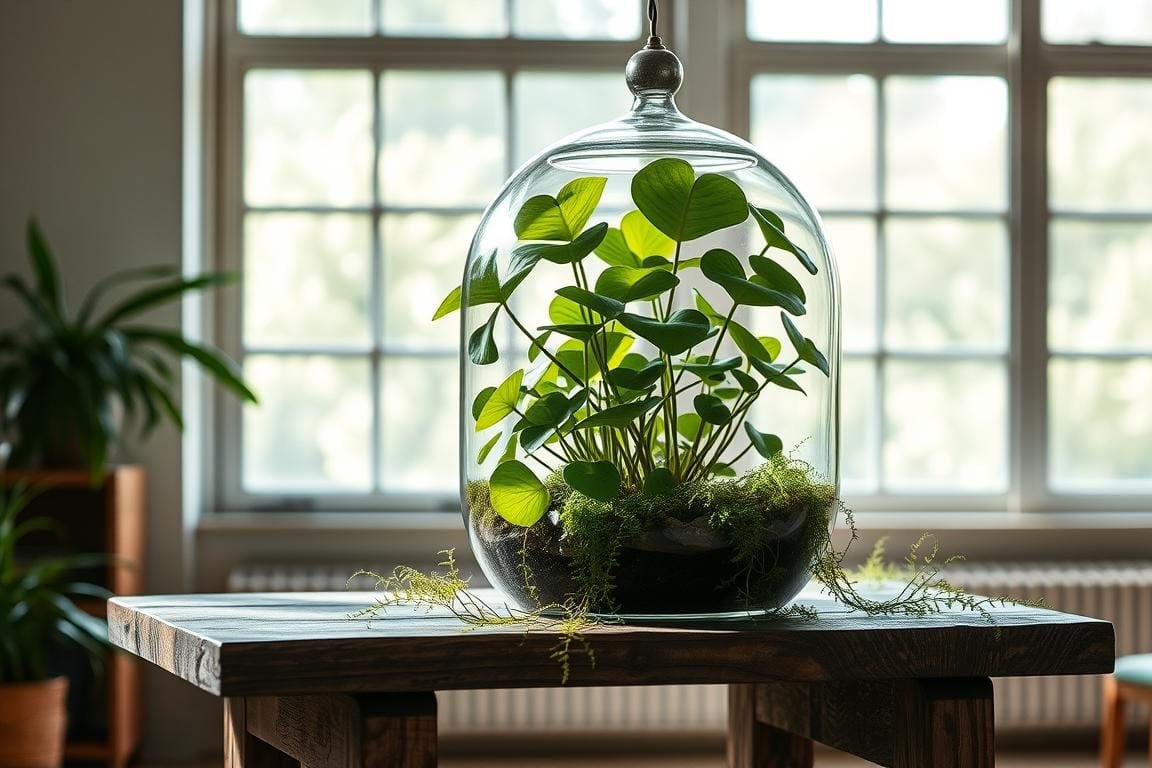Imagine bringing nature’s magic indoors through tiny, self-sustaining ecosystems. These creative displays blend lush greenery with artistic design, offering a refreshing twist on traditional gardening. Whether you’re a beginner or a seasoned plant lover, this guide unlocks the secrets to crafting your own captivating miniature worlds.
At the heart of this trend is Ben Newell, founder of Worcester Terrariums and a visionary in garden artistry. Over five years, his work with Disney, Marvel, and DK Books has inspired a global community. His approach proves that even small spaces can become breathtaking natural showcases.
Why are these tiny gardens so popular? They’re low-maintenance, customizable, and perfect for urban living. Modern lifestyles crave connection to nature, and terrariums deliver it in a glass-encased package. From sleek geometric designs to whimsical fairy-tale landscapes, the possibilities are endless.
This guide walks you through every step—choosing plants, designing layouts, and maintaining your creation. You’ll also learn pro tips from experts like Newell, whose projects mix creativity with practicality. Ready to turn your ideas into living art? Let’s dive in!
Discovering the Magic of Miniature Gardens
What if you could hold an entire universe in the palm of your hand? Miniature gardens let you do just that—transforming tiny spaces into living works of art. These creations blend natural beauty with imaginative storytelling, making them perfect for sparking joy in homes and offices alike.
Unearthing the Inspiration Behind Miniature Worlds
Inspiration for these tiny landscapes comes from everywhere. A stroll through a forest, a childhood fairy tale, or even a time-lapse video of moss growth can spark ideas. Designers often mix textures like smooth stones, feathery ferns, and twisted driftwood to create depth.
Historical styles still influence modern designs. Victorian-era terrariums favored symmetry, while today’s trends lean toward wild, untamed arrangements. Below, see how past and present styles compare:
| Era | Style | Key Elements |
|---|---|---|
| 1800s | Formal | Ferns, glass cloches, symmetry |
| Modern | Eclectic | Succulents, geometric containers, asymmetry |
| Fantasy | Whimsical | Mini figurines, colored sand, fairy lights |
Videos showcasing design techniques help beginners visualize their projects. Watching a pro layer soil or position plants builds confidence. The best part? There’s no “wrong” way to design. Use seashells from a beach trip or pebbles from your backyard—your story shapes the garden.
Ready to start? Grab a container, pick plants that thrive together, and let creativity guide you. Your tiny world awaits!
Embarking on Your Terrarium Journey

Creating your first miniature ecosystem feels like painting with living colors. Start by gathering essentials—a clear glass container, drainage stones, activated charcoal, and fast-draining soil. These materials form the foundation for your tiny paradise.
Choosing the Right Materials and Design
Pick plants that share similar light and moisture needs. Air plants and succulents work well for dry setups, while ferns thrive in humid environments. Arrange taller plants at the back and ground covers up front for depth. Add personality with colored sand or miniature figurines.
Balance is key. Leave breathing room between elements to avoid clutter. Designer Ben Newell suggests sketching layouts first: “Plan like an architect—every pebble has purpose.” His debut book offers visual guides for crafting cohesive designs.
Techniques for Successful Maintenance
Water sparingly using a spray bottle—overwatering drowns roots. Place your creation in bright, indirect light. Rotate the container weekly to ensure even growth.
Spot yellow leaves? Trim them quickly to prevent mold. If condensation disappears, add a teaspoon of water. For long-term health, refresh soil annually and prune overgrown stems.
Remember, each tiny garden tells a story. With thoughtful care, your living artwork will flourish for years, bringing nature’s charm into any room.
Expert Insights into Worcester Terrariums

Behind every thriving miniature garden lies a story of passion and innovation. Ben Newell’s journey from hobbyist to industry leader offers valuable lessons for creators. His work bridges artistic vision with practical horticulture, reshaping how we interact with nature in small spaces.
Ben Newell’s Journey and Landmark Achievements
Starting with a single viral video showcasing moss arrangements, Newell grew a global community of 3.7 million followers. His 2022 RHS Chelsea Flower Show gold medal cemented his status as a design pioneer. Regular workshops at venues like the New York Botanical Garden demonstrate his commitment to education.
His debut book, Hello Tiny World, distills five years of expertise into actionable advice. Readers praise its blend of step-by-step guides and whimsical design concepts. “It’s not just about plants—it’s about creating emotional connections,” Newell explains in a recent interview with plant experts.
Collaborations with Renowned Brands and Industry Impact
Strategic partnerships with Disney and Marvel introduced miniature gardens to new audiences. These projects often feature character-themed elements, like fairy-tale castles or superhero landscapes. DK Books’ collaboration produced visual-rich guides that simplify complex techniques.
| Brand | Project Type | Audience Reach |
|---|---|---|
| Disney | Themed installations | Family-focused creators |
| Marvel | Collector editions | Pop culture enthusiasts |
| DK Books | Educational content | DIY beginners |
These alliances prove that miniature gardening isn’t just a niche hobby—it’s a versatile art form. By merging nature with storytelling, Newell’s work continues to inspire fresh approaches worldwide.
Parting Thoughts: Cultivating Your Miniature World
Your journey into miniature gardening begins with a single pebble and a spark of imagination. Through this guide, you’ve discovered how creative vision meets practical skill to build self-sustaining ecosystems. Whether crafting a desert scene or a mossy woodland, every detail tells a story.
Remember: success lies in balancing experimentation with expert insights. Start small, observe how plants interact, and adjust your design techniques as you learn. This creative hobby grows richer over time—each trim or watering session deepens your connection to nature.
Share your progress with fellow enthusiasts online or gift a tiny garden to spark joy in others. As Ben Newell’s work shows, even modest projects can evolve into stunning displays. Keep trusted resources handy, but let curiosity lead the way.
Ready to begin? Gather your materials, embrace imperfection, and watch your miniature world thrive. Every great garden starts with a single leaf. What story will yours tell?





